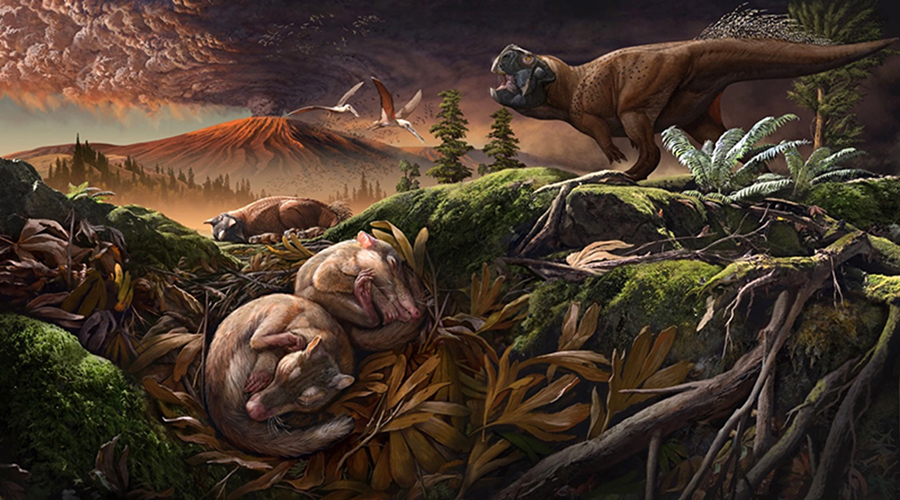Origolestes lii: New Cretaceous-Period Mammal Unveiled

Paleontologists have discovered the remains of a previously unknown symmetrodont mammal that lived alongside dinosaurs in what is now China. The fossils provide a record of the final steps in the evolution of mammals’ multi-boned middle ears.
“While modern mammals owe their keen sense of hearing to the three tiny bones that form the complex architecture of the middle ear, these tiny ossicles were once instead part of the jaw, which served a dual function for both chewing and hearing in our earliest ancestors,” said Dr. Fangyuan Mao, a researcher in the Institute of Vertebrate Paleontology and Paleoanthropology, Chinese Academy of Sciences, the CAS Center for Excellence in Life and Paleoenvironment, and the American Museum of Natural History, and her colleagues.
“The evolutionary event in which jaw bones were co-opted to form the tri-ossicular hearing apparatus of mammals is widely recognized. However, fossilized examples demonstrating the intermittent steps are elusive.”
“The detached auditory bones of the newly-discovered Cretaceous mammal represent an important final step in the evolution of the definitive mammalian middle ear.”
The ancient mammal belongs to Symmetrodonta, a group of Mesozoic mammals and mammal-like synapsids.
Named Origolestes lii, the creature was part of the famous Jehol Biota, an early Cretaceous terrestrial and freshwater ecosystem preserved in a multi-layered rock formation cropping out in the Chinese provinces of Liaoning, Hebei and Inner Mongolia.
Using high-resolution CT scanning and other imaging efforts, Dr. Mao and co-authors were able to study structures of the creatures’ auditory bones and cartilage, which lacked the bone-on-bone contact of earlier species.

“The multidirectional movements of the mandibular during chewing are likely to be one of the selection pressures that caused the detachment of the auditory ossicles from the dental bone and the Mecke’s cartilage,” Dr. Mao said.
“This decoupled feature in Origolestes lii bridges the morphological gap between the transitional and the definitive mammalian middle ear and represents a more advanced stage in the evolution of the mammalian middle ear,” the study authors explained.
“From the perspective of morphology and function, the decoupled hearing and chewing modules eliminated physical constraints that interfered with each other and possibly increased the capacity of the two modules to evolve.”
“Therefore, the hearing module may have had greater potential to develop sensitive hearing of high frequency sounds, and the chewing module may have been able to evolve diverse tooth morphologies and occlusal patterns that facilitated consuming different foods.”
The study was published in the journal Science.
_____
Fangyuan Mao et al. Integrated hearing and chewing modules decoupled in a Cretaceous stem therian mammal. Science, published online December 5, 2019; doi: 10.1126/science.aay9220
Source: www.sci-news.com/








